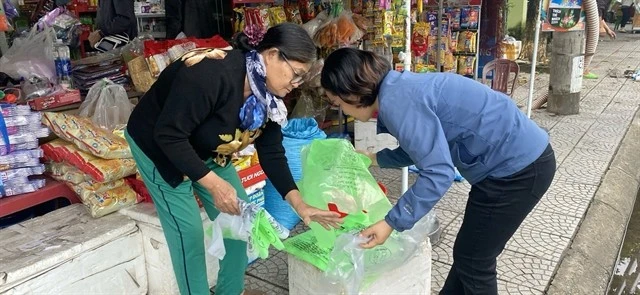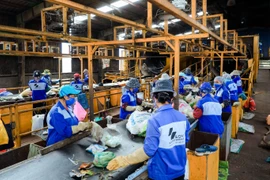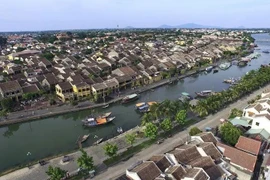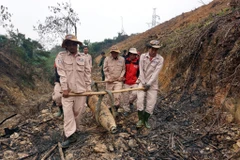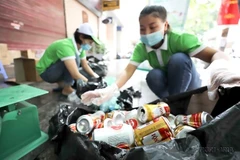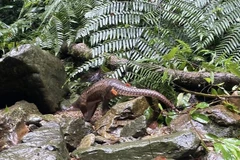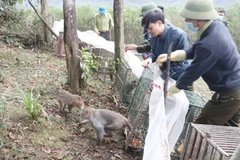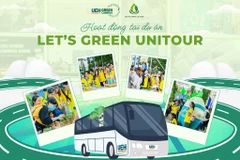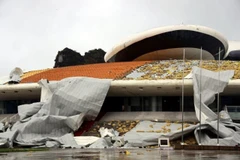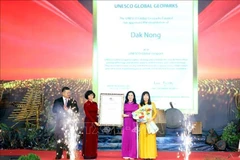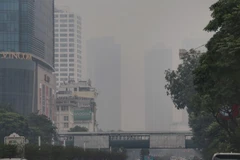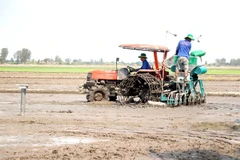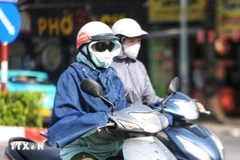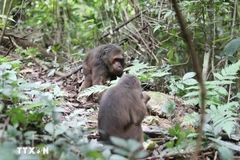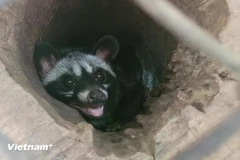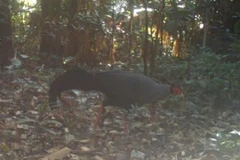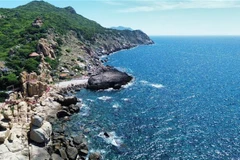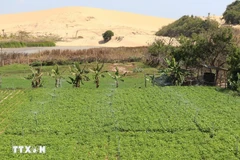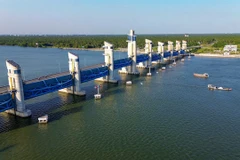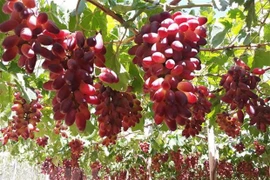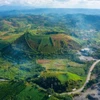Quang Nam (VNS/VNA) – The ancient town of Hoi An in the central province of Quang Nam has become a trailblazer in waste management, leading the way in waste separation at source and tackling the over reliance on plastic.
Hoi An has also introduced volume-based waste fees and established a Material Recycling Facility for organic waste collection.
The environmentally-friendly solutions have been instilled into the thinking of the local community so they are now something routine for residents and businesses, following a four-year pilot project of the initiatives.
The International Union for Conservation of Nature (IUCN) reported that the successful pilot project has contributed to promoting the local initiatives on solid waste management in the town – a favourite tourism hub – and supporting Extended Producer Responsibility (ERP) development and implementation.
It is hoped that these results will be widely shared and scaled up in other provinces and cities of Vietnam.
IUCN said the four-year partnership between IUCN and the Packaging Recycling Organisation (PRO) has helped built up initiatives in plastic waste management, good practices and sharing experience for policy intervention, as well as building capacity for businesses.
The project has achieved some positive outcomes in improving solid waste management, especially plastic waste management in Vietnam and Hoi An city including waste auditing, the use of a volume-based waste fee (VBWF) model, how to make an analysis of plastic scrap export and import in Việt Nam, along with recommendations on the role of Informal Waste Workers (IWWs) in HCM City in EPR implementation.
A series of capacity-building activities were organised focusing on EPR and plastic waste management, IUCN reported.
In Hoi An, the project handed over 100 three-compartment-rubbish bins made from 2.5 tonnes of low value plastic waste and 54 green houses made from recycled materials to the city and the women's union.
A range of communications activities were implemented to raise awareness about solid waste separation at source and to promote overall public participation in waste management.
According to IUCN, the community is now more aware of practices and recycling activities and is engaged with turning plastic bags, single-use straws, styrofoam and low-value plastic waste into useable tools, panels and furniture, while reducing waste pollution in the environment and landfill.
The UNESCO-recognised world heritage site has introduced a plan on building the first zero plastic and pedestrian streets, as part of the project to create an eco-city, based on cultural and sustainable tourism, with a vision to become a ‘green’ and ‘smart’ city by 2050.
About 100 businesses in Hoi An committed to reducing by 30% single-use plastic and recycling 50% of organic waste.
The Tan Thanh weekend flea market on An Bang beach, 5km from Hoi An, has been building ‘green’ beach tourism by boosting plastic-free and zero-waste recycling among the community and tourists.
Cham Islands and Cam Thanh commune, two favoured destinations in Hoi An, have been become the first ‘zero waste’ sites in central Vietnam.
A report from the city’s nature and environment division, showed that at least 60% of the population in the ancient town is already taking part in waste sorting at source, since the city launched the ‘3Rs’ (reduce, reuse, recycle) campaign, in 2011.
The city produces 120 tonnes of garbage each day, of which 30% is recycled or classified, while a local incinerator can only process 50 tonnes each day.
But with tourist trading activities accounting for 40% of daily waste in Hoi An, any projects need to include efforts to lower waste from tourism.
Last year, the Silk Sense Hoi An River Resort announced it would be the first ‘zero plastic waste’ site, and has helped cut consumption of 54,000 plastic bottles and 10 tonnes of waste per year.
The Field Restaurant, managed by EMIC Hospitality, was awarded the Gold Platinum Low-Carbon Tourism Standard certification by Magnus International, a leading company in environmental project management and carbon offsets.
The restaurant has been applying a sustainable approach based on the 5-Rs principle – refuse, reduce, recycle, reuse, and repurpose – since 2017./.
